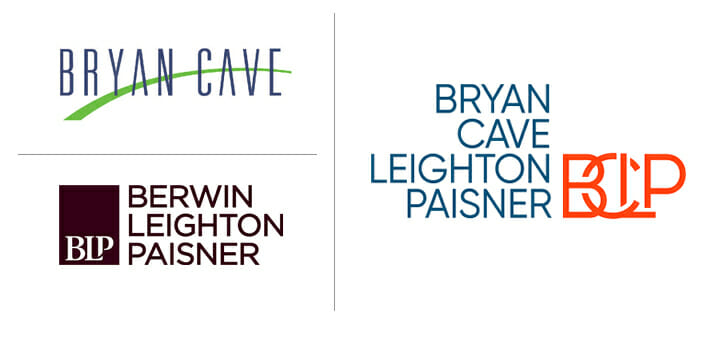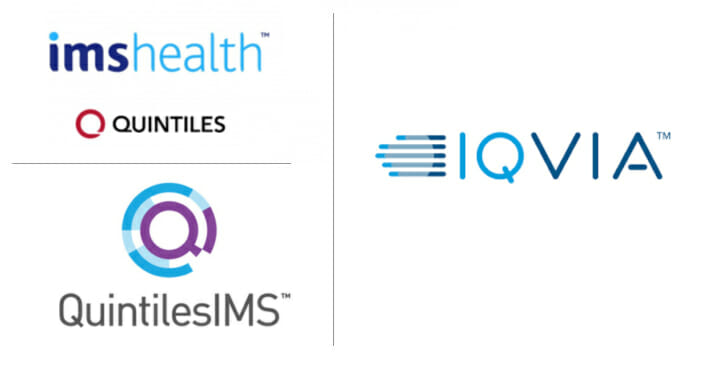A Tale of Two Announcements: Communicating Big News at Large Organizations
Two regional banks’ futures are on the line, and all stakeholders await the decisions of the top brass: will a merger-of-equals result in lay-offs? At large firms today, most communication happens through email, and that’s how a lot of news is delivered (hopefully employees never have to learn company news via…







